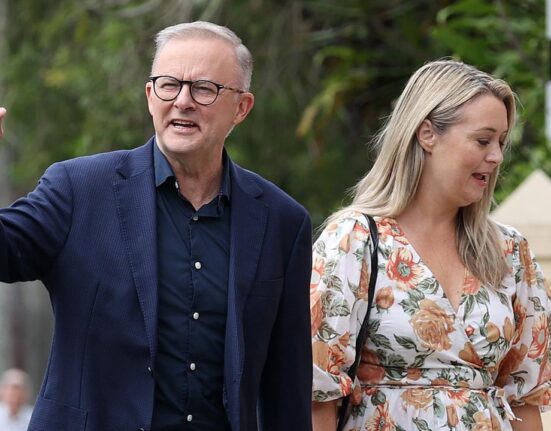Eclipse Metals has set the stage for a monumental shift in the rare earths landscape with its jaw-dropping 75-fold resource upgrade at the Gronnedal project in southwest Greenland. This isn’t just any ordinary upgrade; it’s a game-changer that has sent shockwaves through the industry and sparked a frenzy of excitement among investors.
Imagine this: from an initial estimate of 1.18 million tonnes to a staggering 89 million tonnes of mineral resource. That’s like hitting the jackpot in the world of rare earths mining. The company’s director, Carl Poppal, couldn’t contain his enthusiasm, calling it a
“transformational milestone”
that positions Gronnedal as a global powerhouse in rare earth extraction.
But how did this remarkable feat come to be? It all started with deeper historic diamond drilling data that unveiled a treasure trove of rare earth elements lurking beneath the surface. The average grades may have dipped slightly from the inaugural estimate, but make no mistake—the total contained TREO tonnage skyrocketed from 8,070 tonnes to an astonishing 567,600 tonnes.
The implications are profound. Not only has Eclipse witnessed a meteoric rise in its share price—a 200% surge overnight—but it has also solidified Gronnedal’s status as a critical player in securing independent critical mineral supply chains on a global scale.
As experts delve into the details, they marvel at the sheer scale and strategic value of this deposit nestled within Greenland’s picturesque landscapes. The resource is hosted within the sprawling Gronnedal Complex—an area ripe with potential and teeming with rare earth elements waiting to be unearthed.
What sets this project apart is not just its size but also its composition. The rare earth elements are concentrated in carbonatite intrusive and surrounding rocks—a geological marvel that promises untold riches for those daring enough to explore its depths.
Diving deeper into Eclipse’s exploration journey reveals contrasting approaches that led to groundbreaking discoveries. While initial estimates were based on surface-level data confined to a limited area, the latest upgrade stems from meticulous analysis of core samples drilled decades ago—a testament to both innovation and perseverance in unlocking hidden treasures beneath Greenland’s rugged terrain.
The future looks promising for Eclipse as they gear up for further drilling campaigns aimed at uncovering more secrets buried within Gronnedal’s depths. With plans to expand resources through targeted explorations and technical studies, Eclipse is poised to cement its position as a key player in the rare earths market.
But what makes Greenland such a hotspot for rare earth mining? With vast reserves rivaling those of China, Greenland stands out as an untapped reservoir brimming with potential. Projects like Tanbreez and Kvanefjeld underscore Greenland’s emergence as a significant player in the global rare earth arena—a force to be reckoned with on an international scale.
As investors eagerly watch developments unfold, one thing is clear: Eclipse Metals’ bold strides towards unlocking Greenland’s rare earth bounty signal not just economic prosperity but also pave the way for sustainable mineral resource management—one shovel at a time.









Leave feedback about this